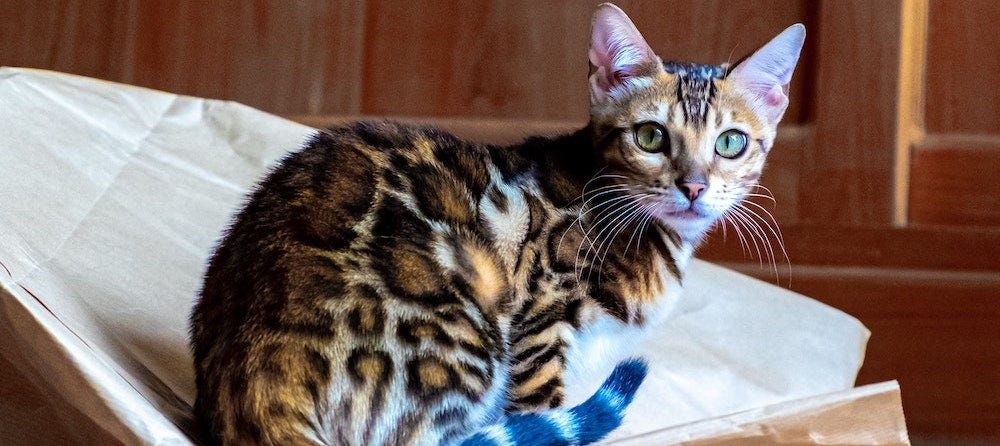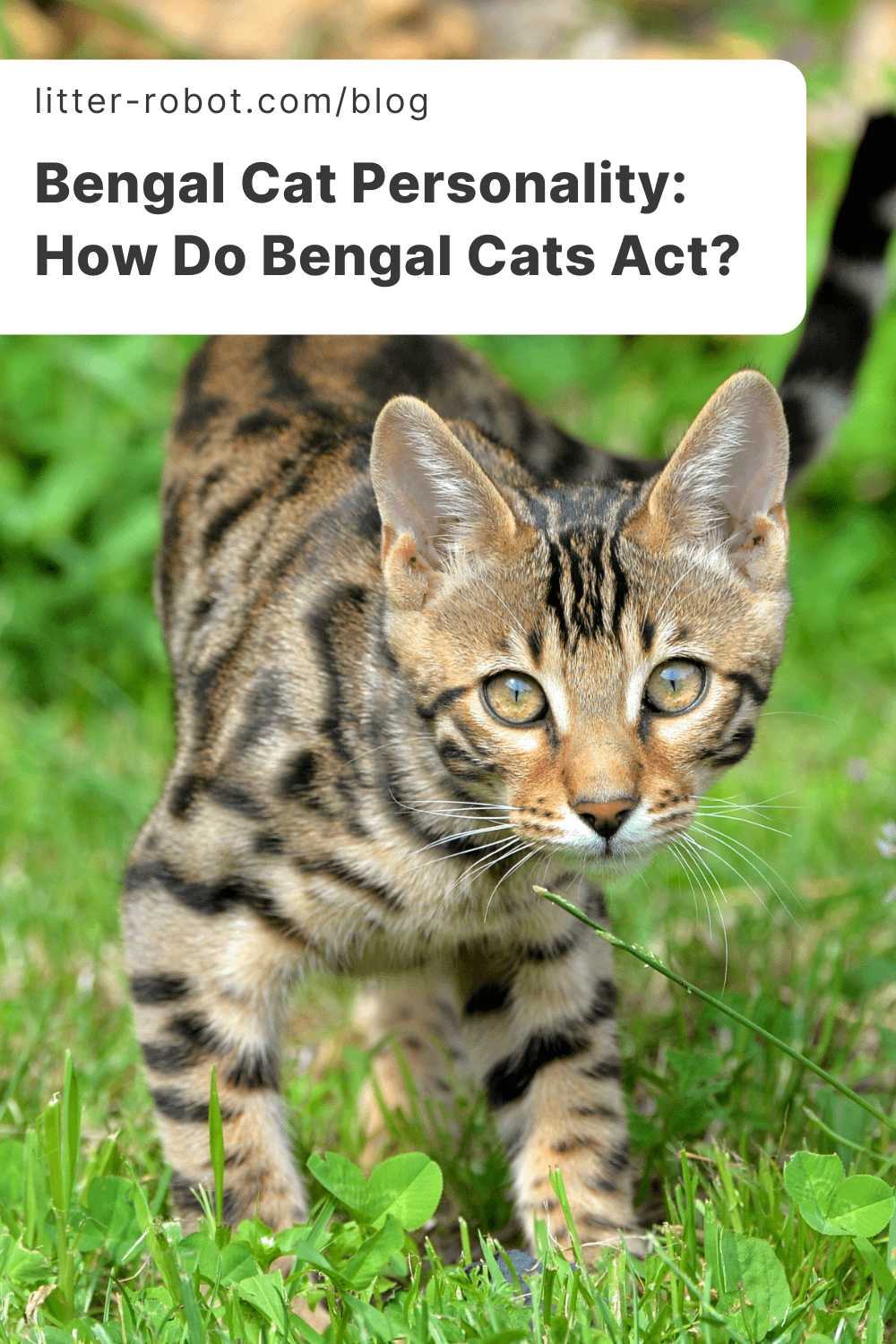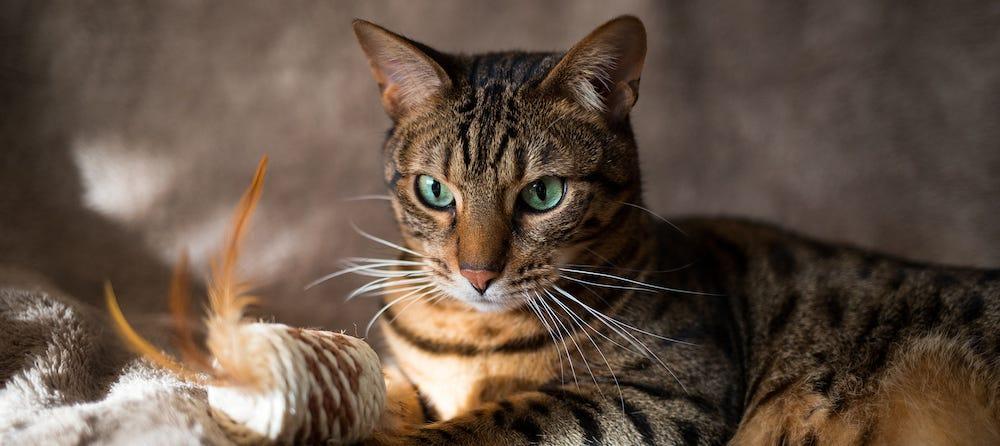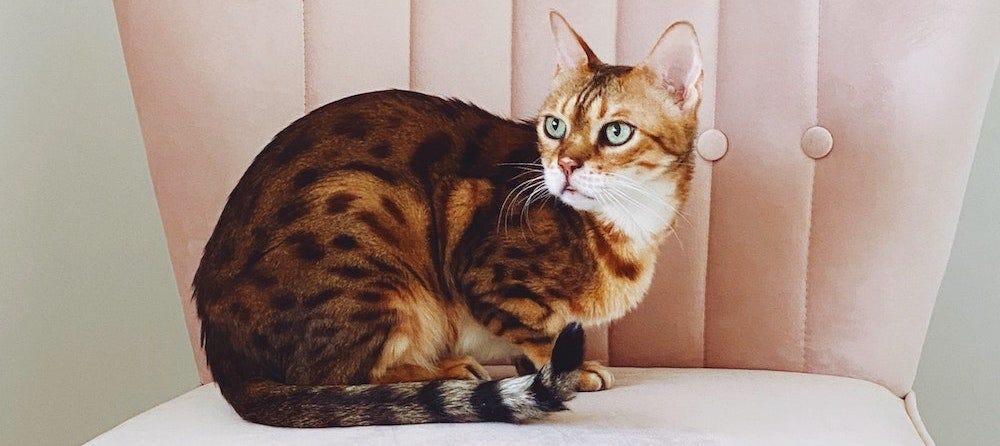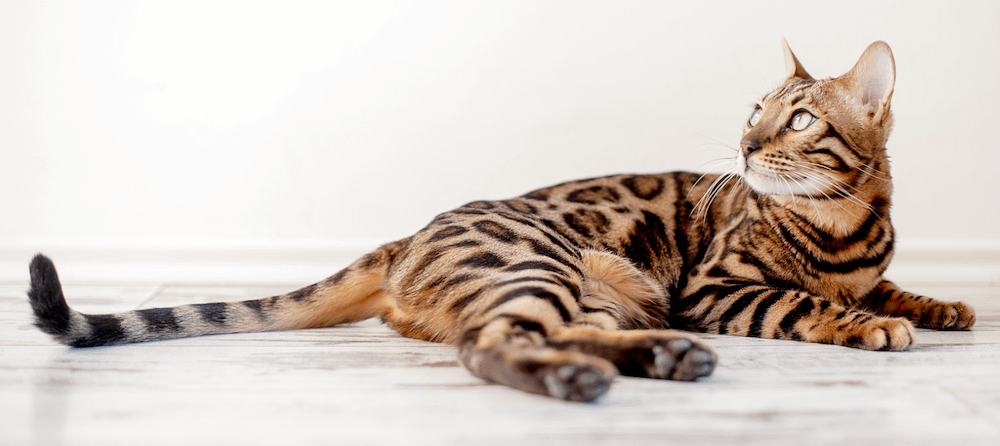The exotic look of the Bengal cat might be intimidating to some, while others will flock to their beauty. They are exciting and resilient cats that need a lot of care and attention to help them thrive. Just because they look like wild cats doesn’t mean that they don’t love all of the cuddling and play that comes with being a domestic cat.
Are you looking for a cat that is energetic but loves a good nap? Do you want a kitty that will keep you on your toes, constantly wanting to play? Maybe you want to walk your cat around your neighborhood? Or is it most important that your cat get along well with other family pets and children?
Answering these questions will help you figure out if the Bengal cat is the right addition to your pet family.
Origin of the Bengal cat
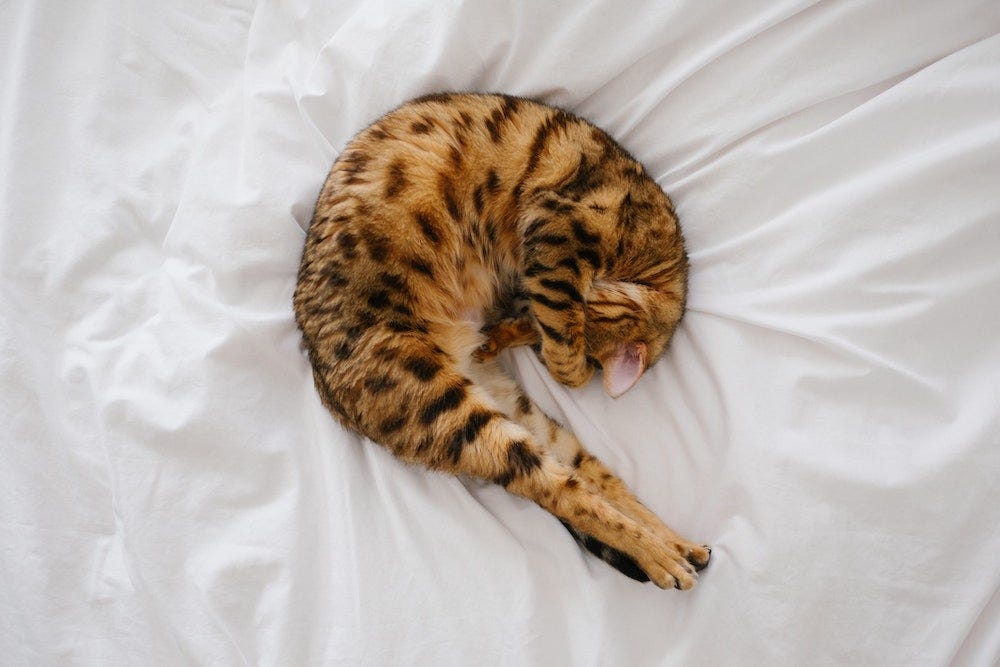
The Bengal cat breed doesn’t come from years of evolution, but instead received a little helping hand from humanity. There is no place in the wild where you will find a Bengal cat because, before the 1960s, they simply did not exist.
More recently people have realized how irresponsible it is to keep wild animals in domestic spaces. Many U.S. states have banned people from owning wild animals as house pets, but that wasn’t always the case.
The Asian leopard cat
In the early 1960s, Jean Mill walked into a pet store to get herself a companion. At this point in time, U.S. citizens were able to purchase the Asian leopard cat, a wild cat that can be found in parts of Asia. The leopard cat was about the same size as a domestic house cat but with long, slender legs and the temperament of a wild animal.
Though the leopard cat is actually a solitary species, Jean thought that her new pet was lonely, so she decided to get her a mate. This mate was an all-black domestic cat. Jean didn’t think that these two would be able to reproduce because one was wild, and the other was domestic.
But to her surprise, their encounters led to the birth of two precious kittens. Unfortunately, because the leopard cat is a wild animal with major unpredictability, one of the kittens was mauled to death. Jean took the other one out of the enclosure to save her, a small female kitten named KinKin.
KinKin and her kin
KinKin was thought to be sterile but proved everyone wrong when she was mated to produce two more kittens. One was all black, and another had the same rosette markings as the leopard cat.
The nature of these kittens was still up in the air. As more generations distanced themselves from the leopard cat, their demeanor finally began changing into that of a domestic house cat. Therefore, the Bengal cat was born.
To safely keep a Bengal cat, they need to be at least 4 generations removed from the leopard cat. Anything less, and you might see a very wild and unpredictable side to these cats. Though absolutely adorable, ensuring you have a Bengal cat with a proper temperament can help make the transition into living with them a lot easier.
The personality of an Asian leopard cat
The Asian leopard cat is a wild animal. This means that they aren’t going to behave in a friendly manner towards humans like a domestic cat would. Asian leopard cats are extraordinarily energetic and active. They are hunters and primarily like to live alone, though they occasionally pair up in the wild.
The personality of an Asian leopard cat is completely different from that of a domestic cat. You shouldn’t mistake an Asian leopard cat for a regular house cat. Breeders only raise Bengal cats that are 4 generations removed from the wild cat, which ensures that the personality of the Bengal will be more closely related to a domestic house cat.
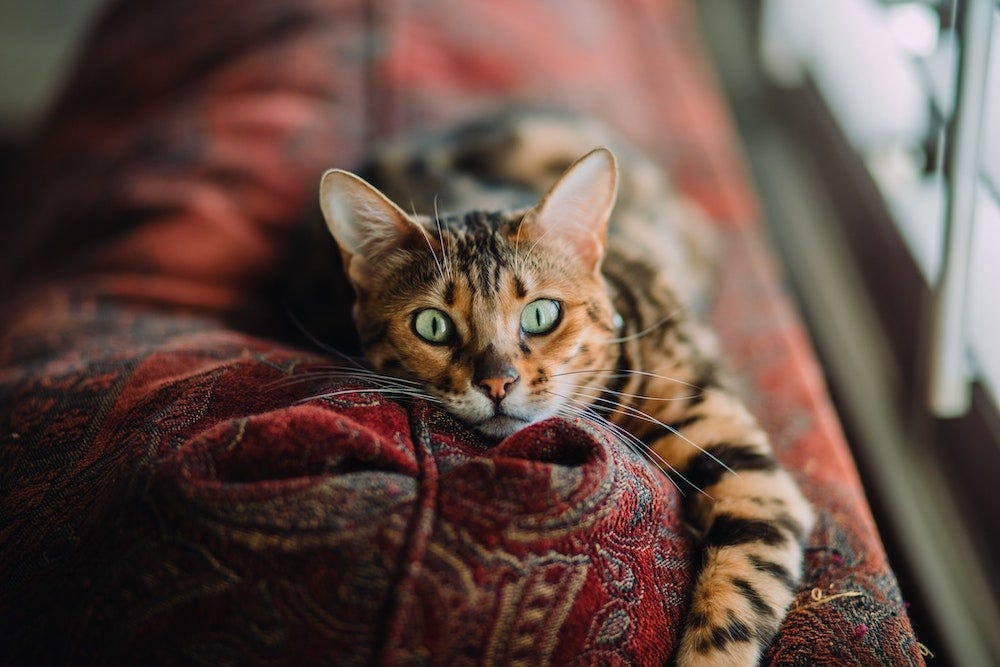
The Bengal cat’s appearance
One of the main reasons Bengal cats are so loved and sought after is their appearance. Though now domesticated, the Bengal cat looks like a wild animal. This is due to the rosette markings that cover their bodies. Rosette markings are only found in jaguars, leopards, and ocelots, so the fact that the Bengal cat has them adds to their mystique and appeal.
These cats look like smaller versions of wild cats that have traded in their solitary lifestyles to chase a mouse on a string in a 3-bedroom house—because that’s what they are! These cats are medium- to large-sized and have slim but muscular builds. They are swift and sneaky, making them very playful and fun to have around. This is a cat that goes crazy when you pull out the laser pointer.
Personality of a Bengal Cat
The personality of a Bengal cat is a big one, though each Bengal you come across will have their own unique temperament. Getting to know your Bengal will take time, trust, and patience, but they will repay you with love and laughs. These cats are always getting into something, and will have you constantly checking in on them to see what they are up to.
Friendliness
The Bengal cat is very people-oriented and enjoys being around their family. They might be more hesitant to trust people before getting to know them—but with time, you can win over a Bengal’s heart.
They are a good family cat, but it might take time for your Bengal to fit in and feel comfortable. They need proper introductions with other family pets, and children need to understand the basic rules for respecting the Bengal’s boundaries.
Playfulness
These cats love to play and be entertained. You should have ample space for your Bengal to run around, climb, hide, and pounce, as well as plenty of toys for your Bengal to choose from.
They enjoy interactions with their pet parents, and even though they can entertain themselves, they want you to spend time playing with them. Plus, this helps strengthen your bond with your Bengal and makes them more comfortable.
Activity levels and intelligence
These cats are very active. Might you find them sunbathing every once in a while? Of course. But you are more likely to find them chasing after dust bunnies, perching on every ledge they can find, and swatting at strings and toys.
The Bengal cat is also highly intelligent. If they get bored, they’ll let you know by getting into cabinets and toilets, destroying tissues, and hiding things that belong to you. They need stimulation for most of the day to prevent destructive behaviors. (Providing them with cat furniture is a great first step!) Don’t worry—once you find your flow, it will be a lot easier to entertain them.
Affection and attention
The Bengal cat is extremely affectionate and needs attention. They might not want to be picked up and held, but they love spending time with their people and will show you affection when they want to. Your Bengal might even love a belly rub!
They like to grab your attention and can be very vocal, almost as if they're having conversations with their humans. They will enjoy playing with children if they are energetic and loving, yet also respectful.
Loving a Bengal cat
If you are looking to add a new furry friend that will bring lots of energy and laughs to your life, the Bengal cat is a perfect choice. They have a great personality and take well to all sorts of people. They will want to impress you and get your attention all day long.
Caring for a Bengal means that you need to be active and energetic, just like your cat. If you give your love to your Bengal, you will repaid in full.
Sources:
- Leopard Cat | International Society for Endangered Cats (ISEC) Canada
- domestication | Definition, Of Plants, Of Animals, & Facts | Britannica
- Bengal Cat Breed Information & Characteristics | Daily Paws
Photo credits:
- Bodi Raw via Unsplash
- Caleb Woods via Unsplash
- Paul Hanaoka via Unsplash
- Kazuki the Bengal
